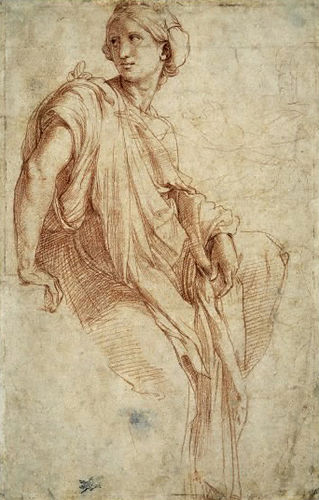Having lived in many countries and been exposed to different cultures, I am always keenly aware of how courtesy and consideration to others are valuable passports in life. In the art world, I believe it is vitally important, basically to say "please" and "thank you".
I thought about this again with a short exchangeof e-mails I have just had with Jason Horejs, owner of Xanadu Gallery, a brick-and-mortar gallery in Scottsdale, AZ, and also a website representing juried artists on the Web. I had requested consideration for inclusion on the website (part of the New Year energy and resolutions to try new ventures!), and in very short order, I had a charming letter back from him. My page is now up on the Xanadu site. There was an exchange of "thank yous", and I assume he felt as I did, that it had been a constructive and pleasant transaction.
Even if an artist does not succeed initially in some endeavour, there is no guarantee that life will swirl around again and offer another opportunity from an unexpected quarter. If the artist has been polite, businesslike and pleasant generally, that overall positive impression certainly cannot harm in any future consideration. Added to which, a professional artist, like any other professional, ideally has some savoir faire, French for knowing how to behave in a civilised fashion.
Etiquette is the general term for social behaviour, a huge and fascinating subject. One of the early, stellar examples of an artist who was gracious and noted for his courtesy was Raphael Sainzo of Urbino, the Renaissance artist who was famed both for his paintings and his drawings. Raphael was endowed by "nature with the goodness and modesty to be found in all those exceptional men whose gentle humanity is enhanced by an affable and pleasing manner, expressing itself in courteous behaviour at all times and towards all persons" (History of Art: the Western Tradition. Horst WoldenmarJanson, Anthony F. Janson).
Raffaello Sanzio (b. 1483, Urbino - d. 1520, Rome) The Phrygian Sibyl (1511-1512) Drawing, Department of Prints and Drawings, (Image courtesy of the British Museum)
Giorgio Vasari noted that Raphael was very skilled in running a harmonious and efficient workshop full of apprentices and was extremely diplomatic in relationships with both his patrons and his assistants. Clearly Raphael was an artist with whom people enjoyed working and who was esteemed for his skill and his pleasant demeanour. He gave every artist a wonderful example to follow.
